AUGUSTA — University of Maine at Augusta students and faculty members traveling in Cuba saw signs of the U.S. embargo everywhere they looked.
The streets were filled with 1950s cars still running on little more than the ingenuity of Cuba’s do-it-yourself mechanics.
Children and professional artists alike were grateful for art supplies the UMA group brought for them because they have trouble obtaining them on the island.
The general poverty, scarcity of consumer goods and abundance of deteriorating buildings all have some connection to the isolation of an island cut off from its nearest neighbor and the world’s largest economy.
Despite the evidence of hardship, the visitors from UMA were charmed by Cuba’s physical beauty, the friendliness of its people, and the rich variety of its art, history and culture. Their most direct experience of the fraught relations between the United States and Cuba didn’t happen until they were almost back on American soil.
“The embargo to me was far more evident when we did that eight-hour border crossing,” said Steve Heddricg, a student from Cushing.
Most of the group had to wait eight hours at the border crossing in Canaan, Vt. — they had flown through Montreal, the closest airport with flights to Havana — while U.S. Customs and Border Protection officers inspected items they had brought back from Cuba and seized several of them. The travelers argue that the items, including jewelry and embroidery, should have been allowed through because they’re art, but the officers apparently disagreed.
“They were making determinations what was art and what was not,” said Robert Rainey, assistant professor of photography at UMA. “And I would say to them, just jokingly, ‘You have an art professor here.’”
TRAVEL RESTRICTIONS EASED
Art is a major focus of the course to which the trip was linked, “Cuba: Understanding Between the Arts.” It’s one of the interdisciplinary integrated courses that UMA has offered in recent years, and its students will earn nine credits — three each for Cuban art and architecture, contemporary Latin American literature and introduction to digital art.
The idea emerged from a previous integrated course on the theme of revolution in Latin America, which included a trip to Nicaragua. It touched on Che Guevara and the Cuban revolution, so a course about Cuba seemed like a natural next step, Rainey said.
Central to the Cuba course was a trip to the island during spring break, March 27 to April 6. Students had to apply to be admitted to the course and paid a $2,400 fee to cover the cost of the trip.
Although the Obama administration has loosened restrictions on travel to Cuba, most Americans still cannot go without obtaining a license from the U.S. Treasury Department for a specific purpose or traveling with an organization that has a license. Certain activities, however, are covered under a general license, including educational travel for a credit-bearing academic course.
All that the 16 students, four faculty members and one retired faculty member needed to do was carry a letter signed by Dean of Arts and Sciences Greg Fahy, on UMA letterhead, describing the trip and activities planned.
A trip like UMA’s probably would not have been possible five years ago, said Emily Chow, senior associate for the Cuba program of the Latin America Working Group, a Washington, D.C.-based advocacy group that opposes the embargo and restrictions on travel.
When she studied abroad in Cuba in 2009, for example, the American University program was one of only about 10 authorized, the program was required to be at least three months long and its license had to be renewed every year. It would have been difficult for most institutions to comply with the severe enforcement of regulations by the administration of George W. Bush, Chow said.
The partial opening of Cuba to Americans made for an enticing opportunity, Rainey said. He was the only person on the trip who had been there before, and many of the students had never traveled abroad at all.
The UMA group visited Havana, Cienfuegos and Trinidad, which has a partner municipality relationship with Brunswick. They saw architectural landmarks including a baroque cathedral that resembles contemporary 18th-century churches in Spain; the former capitol building, which was inspired by the U.S. Capitol; and the Bacardi Building, which was built in Art Deco style for the rum company.
They also visited Cuba’s top academy for the arts, the studios of several artists, and history museums. They made contacts at a cultural center that could lead to opportunities for UMA’s jazz program.
The students will incorporate materials they brought back — such as sketches, journal entries, thousands of photographs and hours of video — into final projects that could consist of papers, portfolios or digital arts productions.
The faculty and students also are organizing events for the rest of the university. A Cuban dance band will play, and Cuban food will be served at an event Monday; and on April 28; Inverna Lockpez will speak in Jewett Hall Auditorium. Lockpez’s graphic novel, “Cuba: My Revolution,” is on the course syllabus.
Students said their lasting impressions of Cuba were of the ubiquity of art, the warmth of the people they met and the ways people survive amid poverty and scarcity.
“There’s this wonderful, wonderful sense of thriving life in this deteriorating background,” Heddricg said. “It’s a wonderfully friendly place, but it’s not exactly heaven.”
Heidi Strassberg-Bersani, a student from Augusta, said the trip was a life-changing experience.
“It was hard for me to go into stores and know that we have this abundance here in this country, and that we’re so consumeristic that we don’t realize how people can live on very little,” she said. “The ingenuity of what they did with so little is just astounding.”
EYE OF THE BEHOLDER?
In addition to the photographs and memories, the travelers brought back several tangible souvenirs, only to have some of them confiscated.
U.S. law prohibits the importation of most Cuban products, including coffee, cigars and rum; but there are no limits on informational items, including books, films, music, posters and artwork. Regulations say that artwork includes paintings, drawings, pastels, original engravings or prints, and original sculptures.
Susan Brown Stoddard, an art history professor, said other people who had been to Cuba told them that crafts were generally accepted as art by customs officers. She understands why items such as Che Guevara T-shirts were taken, but other items were handmade crafts, including jewelry and straw bags.
“They were important to people because they were memories of Cuba, and they enjoyed buying them from the people they bought them from,” she said.
Strassberg-Bersani is baffled that a hand-embroidered tablecloth and a bracelet from a pottery studio were not considered artwork. She managed to hang on to one piece, a beaded necklace, by stowing it separately in her luggage.
The necklace is connected to one of her most meaningful experiences in Cuba. It was a gift from a woman named Victoria, who approached her and some other students to see if they had any goods for which she could barter.
The Canadian tour company the UMA group traveled with, Authentic Cuba Travel, had advised them that Cubans need and welcome donations of toiletries, school supplies and sporting goods. So they brought baseballs, shoes, crayons, antibacterial wipes, tampons, old eyeglasses and more. Strassberg-Bersani’s daughter even had raised money at her elementary school to buy items to donate.
In exchange for some of those donations, Victoria invited Strassberg-Bersani and a handful of other students to her home for a home-cooked meal. Other students also received necklaces from her, but they lost them at the border.
“There was a story behind everything, and that’s what was so incredibly emotional for so many of us,” she said. “We had not just bought items to bring home to our families as souvenirs. It was things that people had put time and energy and love into.”
Fahy said UMA officials probably will contact members of Maine’s congressional delegation to find out whether they can recover the items that were seized, and if so, how.
Sean Smith, a spokesman for U.S. Customs and Border Protection, said via email that regulations related to the embargo change occasionally, so travelers should contact Treasury’s Office of Foreign Assets Control before a trip to determine what may be brought back.
People who have property seized from them will receive a notice of seizure, Smith said. The UMA travelers will have to contact the Fines, Penalties and Forefeitures Office in St. Albans, Vt., about their cases.
ADVICE FOR NEXT TIME
Fahy met with the class Wednesday and said the students had great things to say about the trip. With the exception of the border crossing, he considers it a success.
“If we go back to Cuba, we would add a proviso that our experience has been that border guards are not always well-versed in the embargo, and that students should understand that when purchasing artwork and other things that are appropriate in Cuba,” he said.
Rainey also said the officers at the border crossing seemed unfamiliar with the sanctions against Cuba. They initially questioned the legality of the entire trip; but once Fahy’s letter cleared that up, they moved on to inspecting the items the group had brought back.
Brown Stoddard said that what happened was partly bad luck. She and other faculty members, traveling in a separate car, crossed the border elsewhere in Vermont with no problems. In fact, her husband, art history professor Brooks Stoddard, could not locate his passport at the border crossing and was allowed through based on just his driver’s license.
Chow said she has traveled to Cuba several times, going through Miami, and has brought back books, art and jewelry without any problems. She has heard anecdotes, however, of seemingly permitted items being seized at the Canadian border.
“I’ve only heard of these types of problems on the Canadian side of the border with the United States, not in Miami,” she said.
On trips Chow has led for the Latin America Working Group, most travelers don’t have strong opinions about United States-Cuba relations and want to see the situation and explore the culture for themselves. They usually come back believing that the embargo is not an effective way for the United States to deprive Cuba’s government of economic or political support.
“They fully grasp the damage that the embargo has done to Cubans and just can’t understand how the United States could continue the policy for over 50 years,” Chow said.
The trip had a similar effect on some of the UMA students. Heddericg said the embargo is “foolish,” and Strassberg-Bersani said it hurts ordinary people in both countries.
While not wanting to make light of the problems at the border crossing, Rainey said it added one more learning experience to their trip. The students had felt free and safe in a country that some of their parents, remembering scares such as the Cuban missile crisis, had warned them against visiting. And then they were delayed coming home.
“It drove it home that we have an embargo with this country,” Rainey said. “It wasn’t an experience that I would want for our students, but they have some thinking to do.”
Susan McMillan — 621-5645smcmillan@centralmaine.comTwitter: @s_e_mcmillan@s_e_mcmillan
Send questions/comments to the editors.

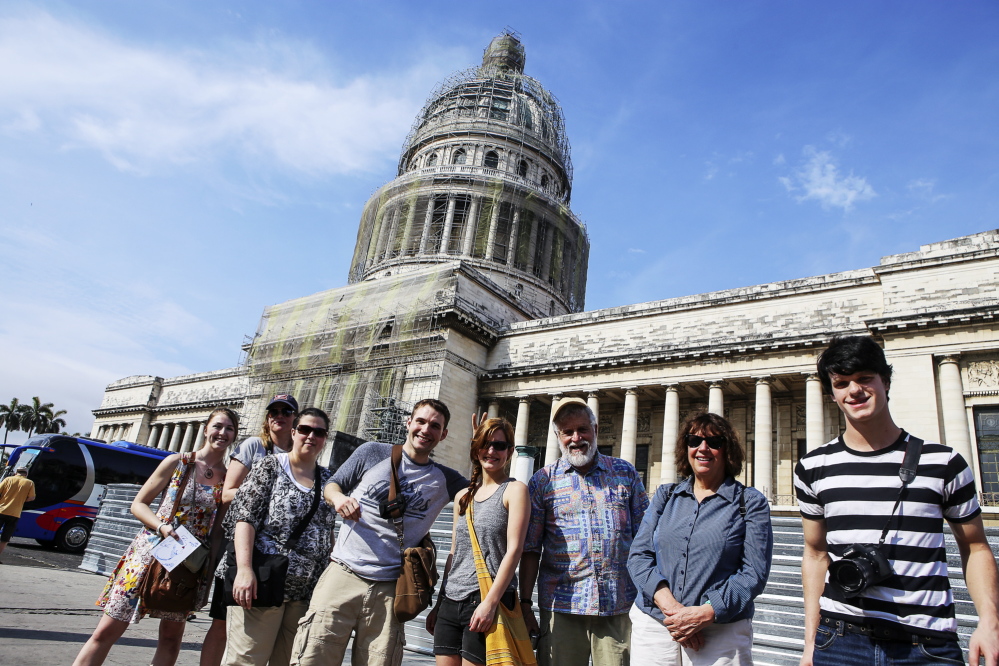
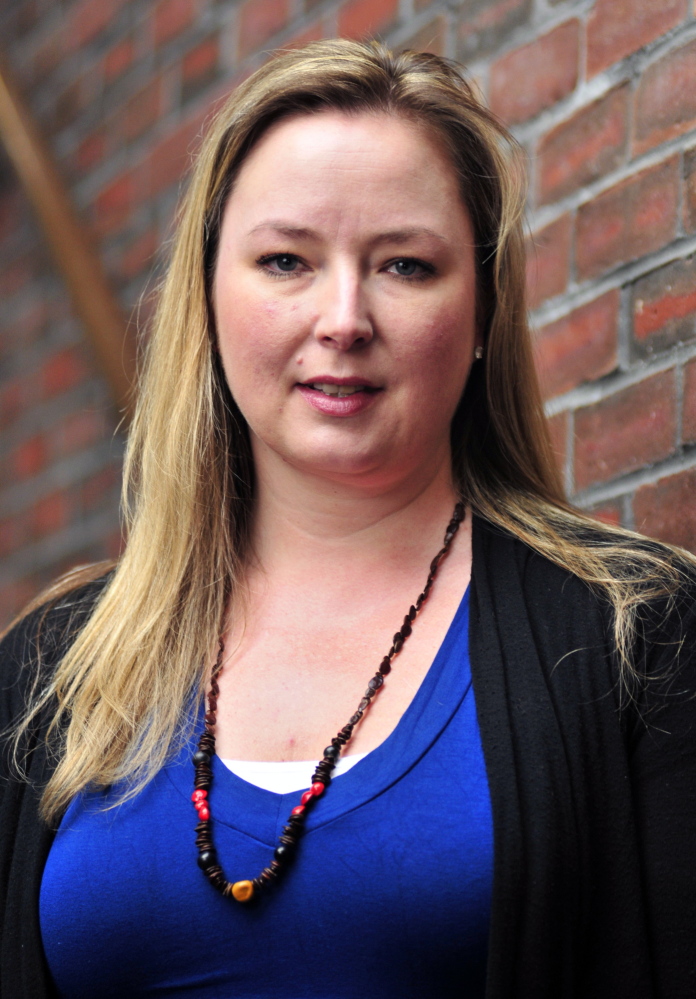
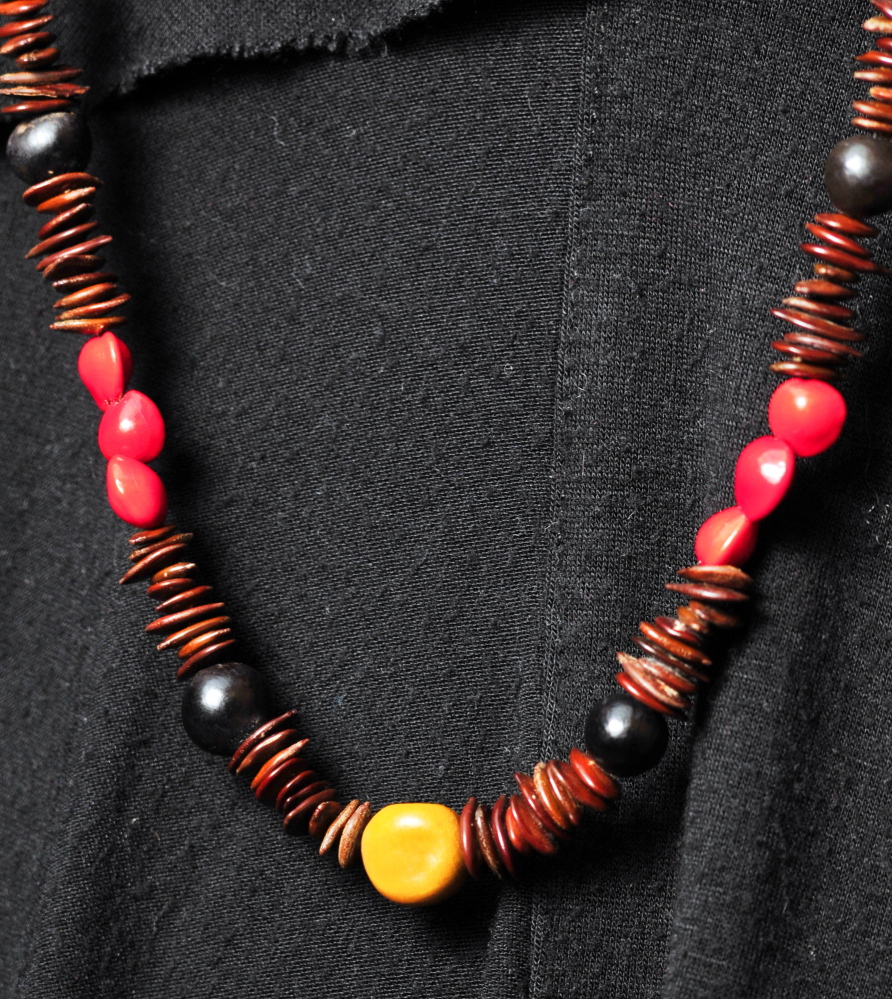
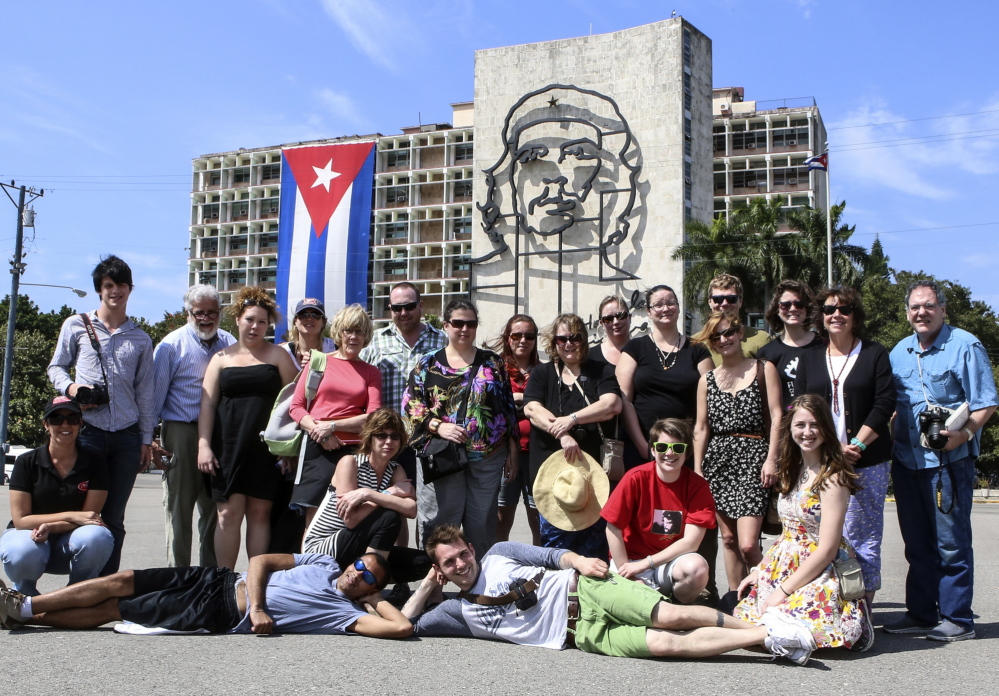
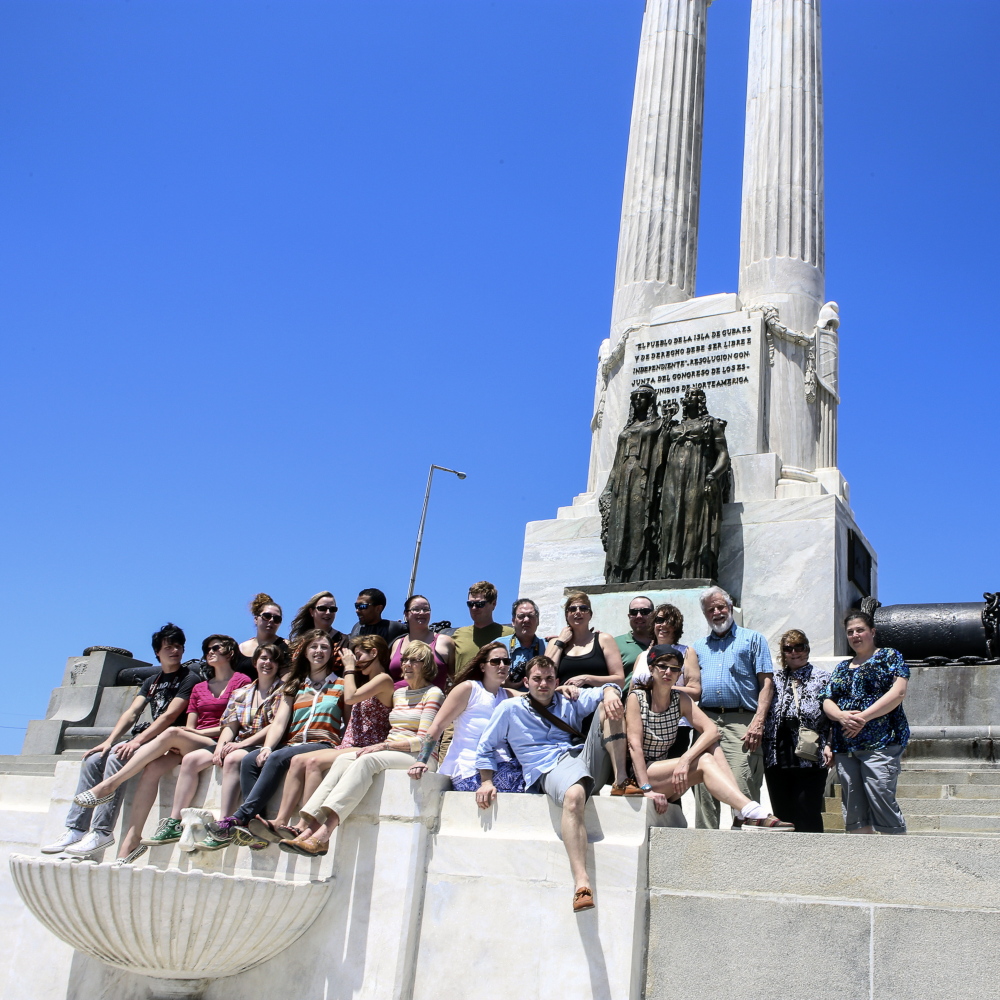

Comments are no longer available on this story